
Currency strength is a crucial concept in Forex trading, and understanding it can make all the difference in your investment decisions. A strong currency is one that's in high demand, making it more valuable.
The value of a currency is determined by the laws of supply and demand, just like any other commodity. This means that when a currency is in high demand, its value increases, and when it's in low demand, its value decreases.
The strength of a currency can be influenced by a country's economic performance, interest rates, and even its trade balance. For example, if a country has a strong economy, its currency is likely to be in high demand, making it stronger.
A strong currency can have a significant impact on Forex trading, making it easier to buy and sell currencies.
Additional reading: Does Canada Have Their Own Currency
What Is Currency Strength
The currency strength meter is a tool that helps identify which currencies are strong and which are weak. This information can be used to make informed trading decisions.
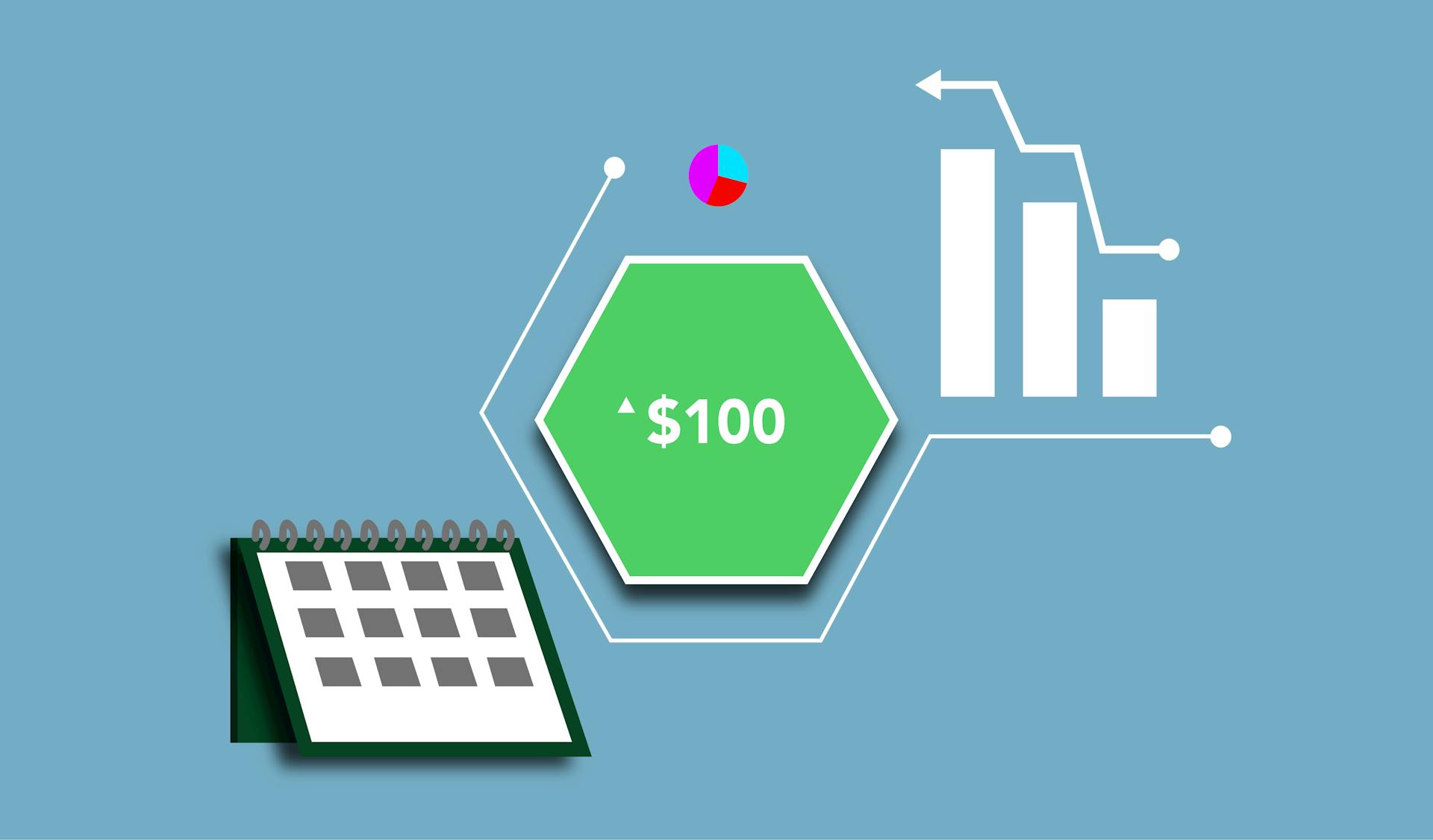
The currency strength meter analyzes each currency separately, not the currency pairs. It relies on the exchange rates of various currency pairs to provide a degree of each currency's strength.
The currency strength meter is not a standard tool like the RSI or MACD indicator, but rather a general name for various algorithm-based indicators. You can find different versions of it online and customize them to your platform.
To find the right currency strength meter, you should try out several options and see which one works better for you. It's also a good idea to read reviews on the indicators you're considering.
The currency strength meter calculates the strength of a currency by analyzing the pairs that include it, such as EUR/USD, EUR/GBP, and EUR/JPY. After the calculations, you get an overall strength score for the currency.
Expand your knowledge: Thinkorswim Indicators
Trading with Currency Strength
Trading with Currency Strength is a crucial aspect of forex trading. It's essential to identify strong and weak currencies to make informed trading decisions.
The currency strength meter can be used to identify which currencies are strong and which currencies are weak. This information can be used to make trading decisions, such as whether to buy or sell a currency. For example, if the currency strength of the euro is higher than the currency strength of the US dollar, it means that the euro is stronger and you could consider buying EUR/USD.
To confirm trading signals, the currency strength meter can be used in conjunction with other technical analysis tools. For instance, if the RSI is overbought and the currency strength of a currency is also high, it may be a signal that the currency is about to reverse course and start to depreciate in value.
Here's a simple rule to follow: always buy the green currencies and sell the red currencies. This is because strong currencies tend to appreciate in value, while weak currencies tend to depreciate.
By combining the currency strength meter with price action trading, you can create a powerful forex strategy that can help you achieve high returns and a high win rate.
Expand your knowledge: Japanese Yen Strong
Forex Breakouts
Trading breakouts in Forex is a great way to capture new trends. This occurs when prices are moving sideways and making same highs, and then break out of the consolidation.
To trade breakouts, we enter on the breakout to capture the new uptrend. The opposite case is when prices are making the same lows and then break the support – we take a short to capture the trend all the way down.
It's essential to trade the breakouts of strong currencies, as they tend to move more predictably. For example, if the USD is strong and breaks out of a consolidation, it's likely to continue its uptrend.
However, trading breakouts of weak currencies can be tricky, as they often struggle to move in one direction. As the article notes, it's not a good idea to trade the CADCHF or the GBPAUD, as they're both weak currencies and tend to fight against each other.
Expand your knowledge: Strong vs Weak Currency
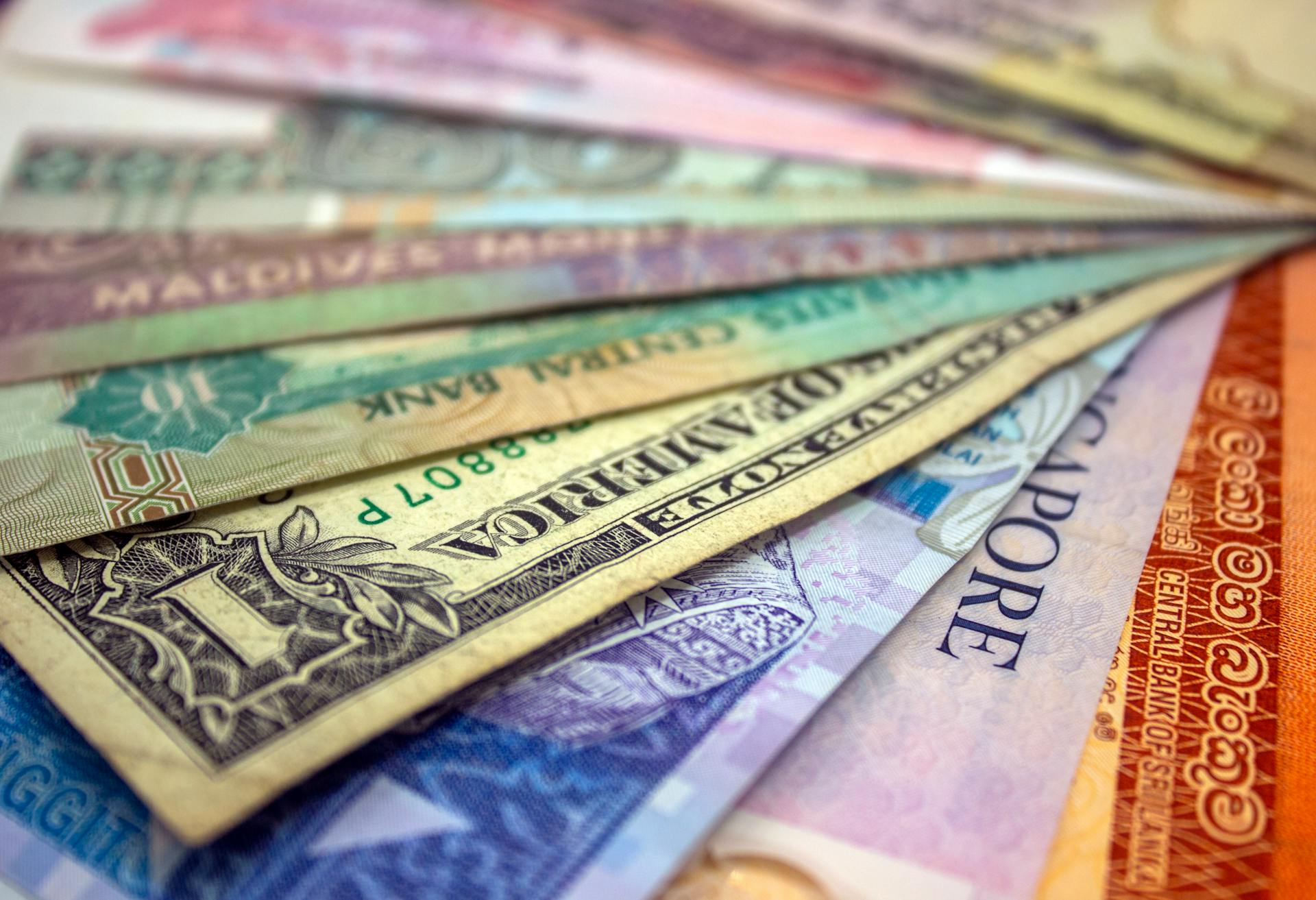
By combining the Currency Strength Meter (CSM) with price action trading, we can identify the best breakouts to trade. This powerful strategy can help us achieve high returns and a high win rate, as demonstrated by student Siow Li, who was able to bring her win rate to 70-80% using the CSM.
Trading Forex with CSM
The Currency Strength Meter (CSM) is a powerful tool for identifying the strength of a currency compared to others. It's used by professional bank traders to make informed decisions.
To use the CSM effectively, you need to understand that it's not good enough to only look at trends or support levels. You must also consider the strength of the currency at that moment in time.
Even if a currency is on an uptrend, if it's not strong relative to other currencies, it will reverse easily, reducing your win rate. This is why it's essential to use the CSM in conjunction with price action trading.
The CSM helps you identify which currencies are strong and which are weak, allowing you to make informed trading decisions. For example, if the currency strength of the euro is higher than the currency strength of the US dollar, it's a good idea to consider buying EUR/USD.
To trade successfully with the CSM, always buy the green currencies and sell the red currencies. This means looking for currencies that are strong relative to others and avoiding those that are weak.
Here are some key takeaways to keep in mind:
- Buy strong currencies (green) and sell weak currencies (red)
- Use the CSM in conjunction with price action trading
- Avoid trading two currencies that are strong or weak at the same time
- Look for retracements on the trend or breakouts from consolidations
By following these principles and using the CSM effectively, you can improve your win rate and achieve consistent profits in the forex market.
Choosing the Right Time Frame
Choosing the right time frame is crucial when using a currency strength meter. This can make a big difference in the accuracy of the information it provides.
For example, if you're interested in short-term trends, a shorter time frame like 1 day or 5 days is a good choice. This allows you to quickly identify strong and weak currencies.
Readers also liked: Currency in Time
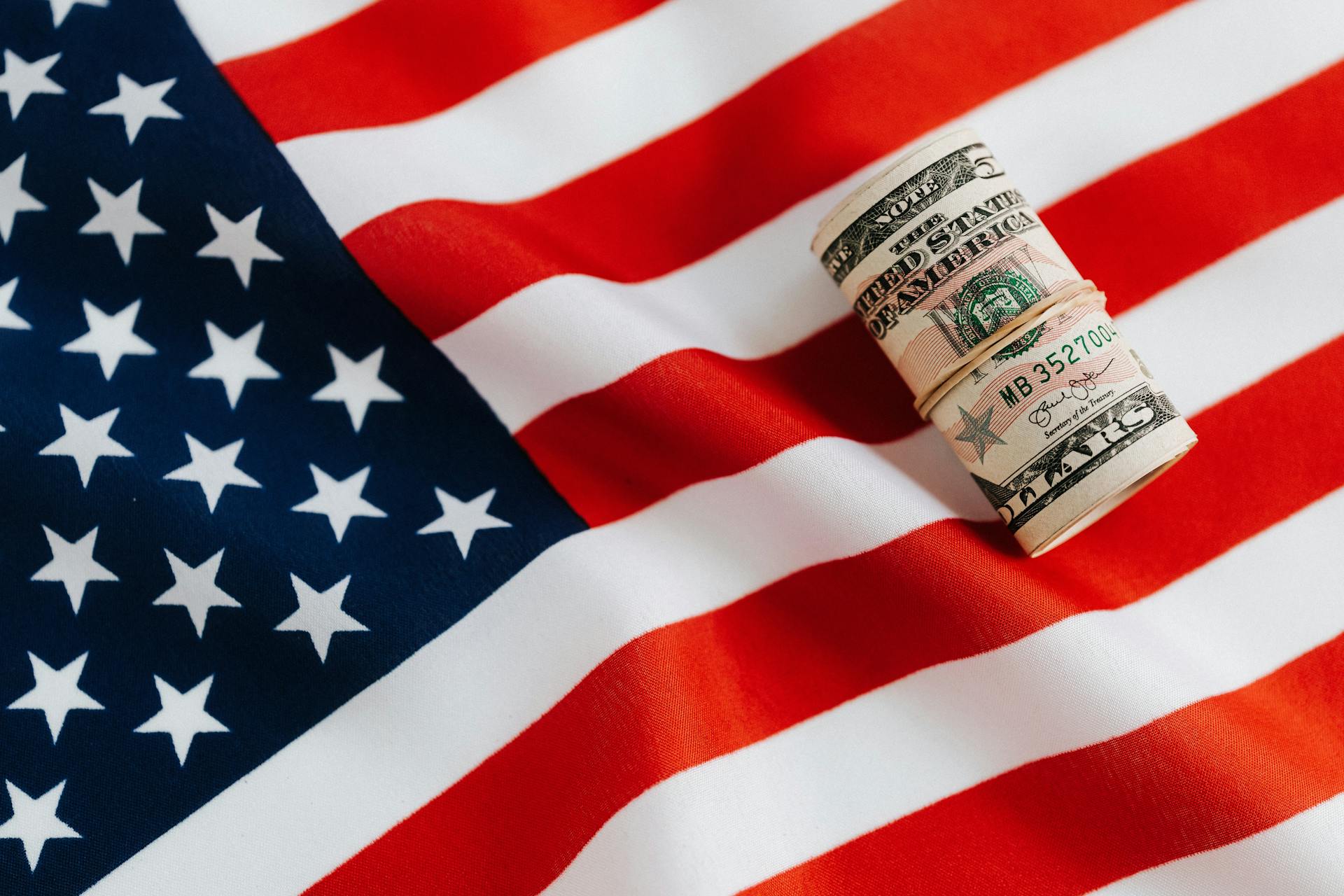
A longer time frame, such as 1 month or 1 year, is better suited for identifying long-term trends. This can help you make more informed decisions about your trades.
In general, higher timeframes provide a more accurate measurement of currency strength. This is because they take into account more data and can give you a clearer picture of the market.
Here's a quick reference guide to help you choose the right time frame:
Consider Other Factors
Choosing the right time frame for your trading decisions is crucial, but it's not the only factor you should consider. The currency strength meter is a useful tool, but it's not a one-size-fits-all solution.
To get a more comprehensive view of the market, you should use the currency strength meter in conjunction with other technical analysis tools, such as moving averages, Bollinger bands, and the relative strength index (RSI). This will help you identify potential trading signals and make more informed decisions.
For example, if the currency strength of the euro is increasing and the RSI is also overbought, this could be a signal that the euro is about to reverse course and start to depreciate in value. Economic news, political events, and interest rates can also impact the currency strength, so it's essential to consider these factors as well.
You should also be aware of negatively correlated currencies and avoid trading them in the same direction. If you see that currencies included in the pairs are both strong, but the pairs usually move in opposite directions, don't open the same trades.
Choose Time Frame
Choosing the right time frame is crucial when using a currency strength meter. The time frame you choose will affect how the indicator behaves, so it's essential to pick the right one for your trading strategy.
You can use a currency strength meter to identify short-term trends with a shorter time frame, such as 1 day or 5 days. This is perfect for traders who want to make quick profits from minor price movements.
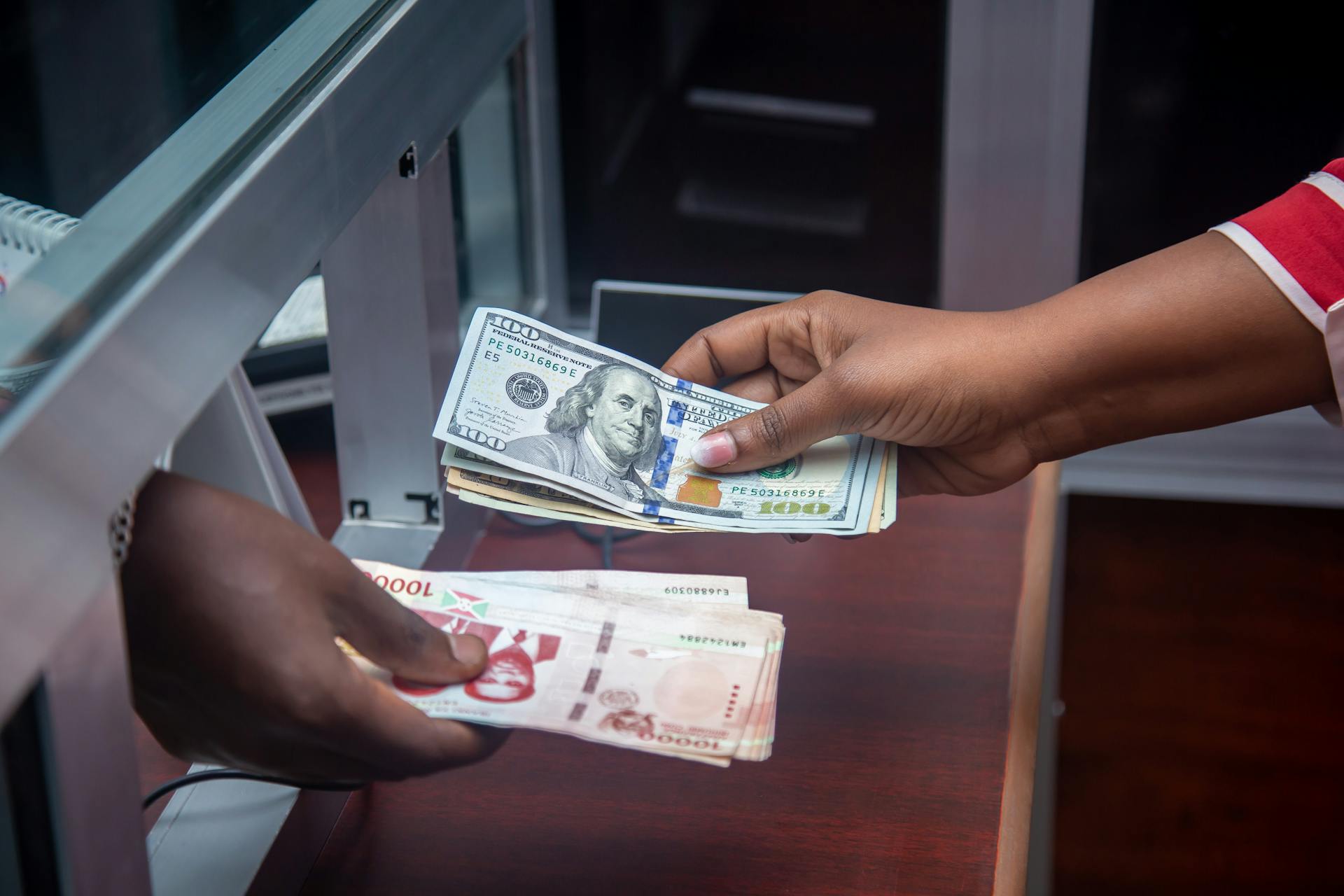
However, if you're looking to identify long-term trends, you'll want to use a longer time frame, such as 1 month or 1 year. This will give you a better understanding of the currency's overall strength and potential for long-term growth.
It's worth noting that only higher timeframes provide a more accurate measurement of a currency's strength. So, if you're serious about making informed trading decisions, it's best to stick with longer time frames.
Here are some common time frames you can use with a currency strength meter:
Remember, the key to using a currency strength meter effectively is to choose the right time frame for your trading strategy. By doing so, you'll be able to make informed decisions and potentially increase your profits.
Identifying Trading Signals
The currency strength meter can be used to identify potential trading signals. For example, if the currency strength of a currency starts to increase, it may be a signal that the currency is about to appreciate in value.

To identify trading signals, you need to understand that currency strength is calculated from the USDX, which is used as a reference for other currency indexes. This means that you can use indicators like the USDX to determine whether a currency is strong or weak.
A strong currency is often a sign that it's a good time to buy, while a weak currency may be a sign to sell. This is because a strong currency is likely to appreciate in value, while a weak currency may depreciate.
If the RSI is overbought and the currency strength of a currency is also high, it may be a signal that the currency is about to reverse course and start to depreciate in value.
Here are some examples of how to identify trading signals using the currency strength meter:
- If the currency strength of a currency starts to increase, it may be a signal that the currency is about to appreciate in value.
- If the RSI is overbought and the currency strength of a currency is also high, it may be a signal that the currency is about to reverse course and start to depreciate in value.
By combining the currency strength meter with other technical analysis tools, you can identify potential trading signals and make more informed trading decisions.
Currency Strength Indicators

Currency strength indicators are a crucial tool for traders to identify the strength of a currency compared to others. These indicators can be used to make informed trading decisions, such as buying strong currencies and selling weak ones.
There are two types of currency strength calculations: fundamental based and price based. Price based calculations are commonly used and are based on the USDX, which is used as a reference for other currency indexes. Major currencies are usually used in these calculations because they represent up to 90% of the whole forex market volume.
The Currency Strength Meter is a popular indicator that calculates the relative strength of currencies using the Relative Strength Index (RSI). The RSI values range from 0 to 100, with values above 70 indicating overbought conditions and values below 30 suggesting oversold conditions.
To use the Currency Strength Meter effectively, traders should look for strong currencies to buy and weak currencies to sell. However, it's essential to note that currency strength can change over time, and traders should be prepared to adjust their strategies accordingly.
Additional reading: Where Are Dinars Used

Here are some key points to keep in mind when using currency strength indicators:
- Buy strong currencies and sell weak ones.
- Use the Currency Strength Meter to identify potential trading signals.
- Combine the Currency Strength Meter with other technical analysis tools to confirm trading signals.
- Avoid trading negatively correlated currencies in the same direction.
- Diversify your portfolio by trading strong currencies and selling weak ones.
Remember, currency strength indicators are just one tool in a trader's arsenal, and it's essential to use them in conjunction with other technical analysis tools to make informed trading decisions.
Formula
The formula for the currency strength meter is a crucial part of understanding how to assess the relative strength of a currency compared to others. It involves calculating the percentage change in a currency's price over a specified time period and comparing it to the percentage changes in other currencies.
The formula is as follows: Currency Strength = (% Price Change in Currency) / (Average % Price Change in All Currencies). This formula is based on the idea that the strength of a currency is relative, and its value can change depending on the other currencies it's paired with.
To calculate the currency strength, you need to know the percentage change in the currency's price over the given time period, which is represented by % Price Change in Currency. This value can vary greatly depending on the currency and the time period you're looking at.
If this caught your attention, see: Cross Currency Conversion Formula
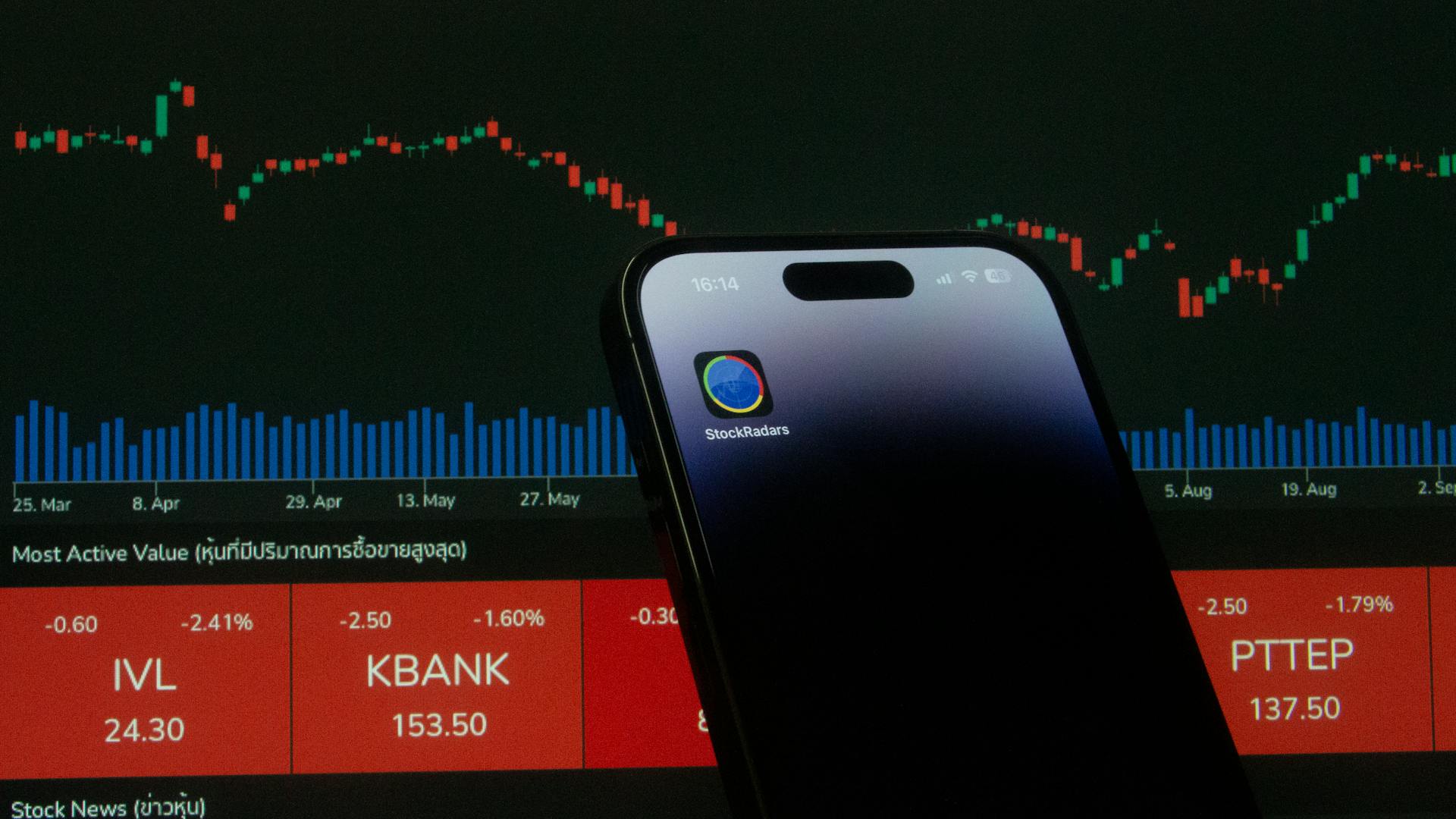
The Average % Price Change in All Currencies represents the average percentage change in the prices of all currencies over the same time period. This value is crucial in determining the relative strength of a currency.
Here's a breakdown of the formula's components:
- Currency Strength: represents the strength of the currency relative to others
- % Price Change in Currency: the percentage change in the currency's price over the given time period
- Average % Price Change in All Currencies: the average percentage change in the prices of all currencies over the same time period
By using this formula, you can identify strong and weak currencies, enabling you to make informed trading decisions.
Trading Indicators
The currency strength indicator is used to confirm trends or their reversals, helping traders define strong and weak currencies in a pair.
It's essential to remember that a currency won't be equally strong or weak relative to other currencies in pairs.
By using the currency strength indicator, you can buy a strong currency against a weak one or sell the weak one against the strong one.
The indicator can be used in conjunction with other technical analysis tools to make informed trading decisions.
The formula for the currency strength meter is: Currency Strength = (% Price Change in Currency) / (Average % Price Change in All Currencies).
Additional reading: Strong Currency of the World
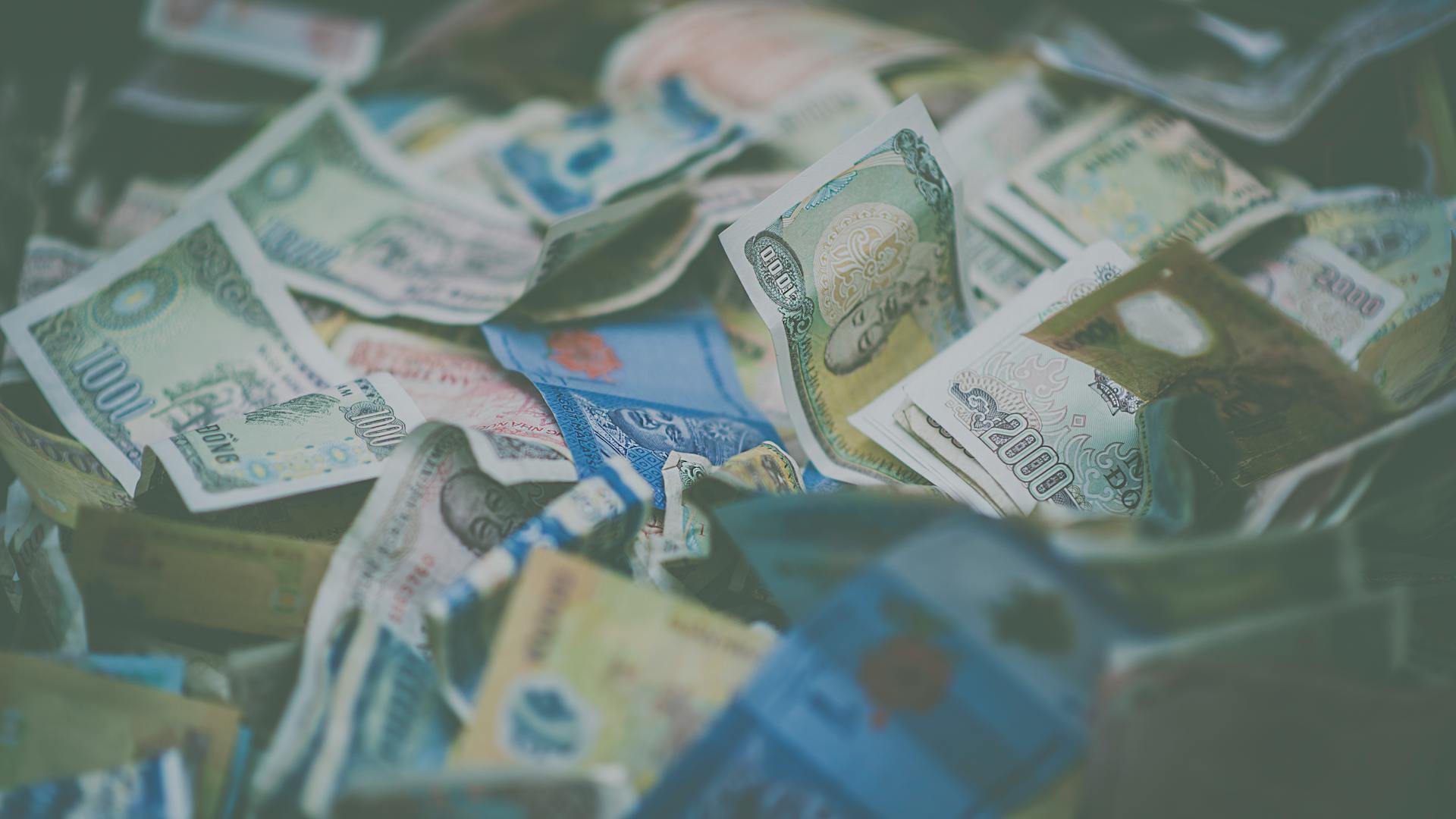
Here's an example of how to calculate the currency strength meter:
- Gather currency price data.
- Calculate the relative strength index (RSI).
- Compare RSI values to determine relative strength.
- Display the results in an easy-to-read format.
When using the currency strength meter, it's crucial to recognize its limitations and use it in conjunction with other technical analysis tools.
The currency strength meter can be used to identify potential trading signals, such as when a currency's strength starts to increase.
To read the currency strength meter, look for values of 60 and above, which indicate a strong currency, and values below 40, which indicate a weak currency.
Here's a summary of the currency strength meter's indications:
- Green: Strong currency
- Pink: Weak currency
- Yellow: Neutral currency
It's essential to remember that the currency strength meter can sometimes generate false signals, so it's advisable to use it in conjunction with other technical analysis tools.
The currency strength meter can be used to confirm trading signals generated by other technical analysis tools, such as the RSI.
Here are some tips for using the currency strength indicator to the fullest:
- Don't trade negatively correlated currencies in the same direction.
- Diversify by opening trades with currencies that are losing strength and opposite trades with currencies gaining momentum.
Frequently Asked Questions
What is the best currency strength meter?
The best currency strength meter is the correlation matrix in the MetaTrader Supreme Edition plugin, available for MetaTrader 4 and 5. This plugin is a top choice among FX traders due to its popularity and effectiveness.
What is the strongest currency to USD?
As of our last update, the strongest currencies against the U.S. dollar are the Kuwaiti dinar, Bahraini dinar, Omani rial, Jordanian dinar, and British pound. These currencies have consistently maintained a strong value against the USD.
Sources
- https://en.wikipedia.org/wiki/Currency_strength
- https://www.ifcm.co.uk/ntx-indicators/currency-strength-meter
- https://www.forex-ratings.com/technical-analysis/currency-strength-meter-complete-guide/
- https://www.piranhaprofits.com/blog/currency-strength-meter
- https://www.cmcmarkets.com/en/learn-forex/16-strongest-currencies-in-the-world
Featured Images: pexels.com

